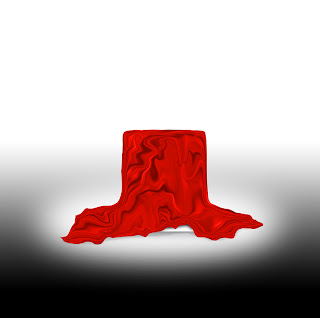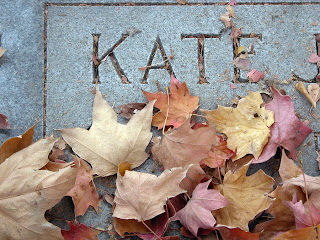There are several factors that determine exactly how a
gravestone will weather. Weathering is often called “decay” because it involves
the damage and removal of materials from cemetery monuments. Weathering depends
on factors such as environment and form. “Form” refers to the type of visible
weathering that will occur. There are many forms of weathering as a report by
the University of Portsmouth explains. Such forms are explained below.
·
Granular disintegration – The report names this
form as “sugary” weathering because the mineral grains that are left on the
surface of the gravestone after weathering feel like sugar when one runs their
hand on it.
·
Flaking – When a piece of the cemetery monument
stone breaks off, this is known as “flaking.” Flaking can occur anywhere on the
gravestone. One area of the stone can flake several times. That means that
several layers of the stone can weather away.
·
Blistering – A “blister” on a stone is just like
a blister on skin—it is a “dome or raised surface” on the monument. Blisters
often fall by weakening and then flaking.
·
Contour Weathering – A large layer of a stone
can fall off as a sheet. This usually happens along the stone’s carvings.
·
Pitting – A “pit,” or depression in the gravestone
can range in size from less than one millimeter to greater than ten
millimeters.
·
Black Crusts – A black crust is a “black
deposit.” The report writes, “[o]n marble gravestones these crusts often have
‘cauliflower’ forms at the micro-scale.” This shows the complexity of the
deposits. A black crust can form in either dry or wet areas of a gravestone. If
the gravestone is dry, then the black crust probably formed with the presence
of calcium sulphate. If the cemetery was relatively wet, then the crust is
likely formed by the deposition of soot.
·
Organic Forms – In relatively wet areas, lichen
may grow in tombstones. In addition, if the area is very wet, there may even be
moss. It has not been determined whether or not the presence of organic
materials accelerates or decelerates weathering. Still, they affect the
appearance of the gravestone.





